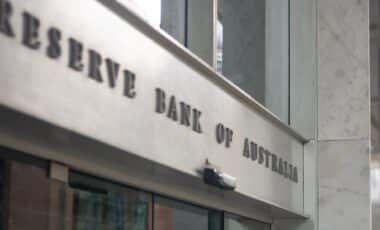Australia’s retirees are on the verge of an unprecedented financial transformation. With a pension system that has been steadily expanding for decades, the country is now positioned to become a global leader in retirement wealth.
This article was issued by The Sydney Morning Herald, revealing how Australia’s unique approach to retirement savings has put it on a trajectory that few would have predicted. While many nations struggle to maintain pension systems under the weight of aging populations, Australia’s model is thriving.
Australia’s Pension Assets Are Growing at an Unmatched Pace
According to research from the Super Members Council, Australia’s pension system is growing twice as fast as those in comparable economies. Between 2001 and 2023, the country recorded the highest cumulative superannuation contributions among OECD nations, well above the global average.
By 2030, Australia’s total pension assets are projected to surpass those of the United Kingdom, and by 2031, they will exceed Canada’s, making Australia the second-largest pension system in the world—behind only the United States.
Unlike most developed nations, Australia is reducing its reliance on government-funded pensions, as the superannuation system takes centre stage in securing retirement incomes. Misha Schubert, CEO of the Super Members Council, describes the system as the envy of the world.
Super Funds Expand Their Influence Beyond Australia
As Australian superannuation funds grow, they are increasingly turning to international markets for investment opportunities. The United States has emerged as a key destination, with Australian pension funds currently holding $400 billion in US-based assets. This figure is expected to double to $1 trillion within the next decade.
This trend has prompted high-level engagement between Australian and US financial leaders. A four-day summit, known as the “super summit”, is currently underway in Washington and New York, bringing together top US officials and financial executives from institutions such as JPMorgan Chase, alongside major Australian players including Macquarie, NAB, and Westpac.
Paul Schroder, CEO of AustralianSuper, emphasised the importance of these investments,
“The US presents a great opportunity to deliver strong investment returns for Australians in retirement,” he stated. Adding “In the last century, the worst bet anyone could have made was against the US. That’s not about to change.”
Strategic Ties and Economic Implications
Beyond financial returns, Australia’s growing pension wealth is playing a strategic role in international relations. The Albanese government is leveraging the superannuation industry’s influence to strengthen economic ties with the US, particularly in ongoing discussions about trade and tariffs.
A major point of contention is the new US tariff regime, with Australia seeking exemptions on steel and aluminium imports. While President Donald Trump has hinted at possible concessions, some members of his administration have expressed opposition, citing concerns about the impact on the US aluminium industry.
At the same time, Australia’s regulatory stance on US tech companies is another factor influencing relations. The government’s plans to introduce a levy on social media firms that fail to compensate local media outlets for content use have sparked debate, raising questions about potential US trade responses.
The Evolving Role of Australia’s Superannuation System
Australia’s $4.1 trillion superannuation system is no longer just a domestic retirement scheme—it has become a global financial force. Its rapid expansion is reshaping investment strategies, trade policies, and international economic partnerships.
As super funds continue to grow and diversify their investments, their influence will extend beyond financial markets, positioning Australia as a key player in global economic negotiations and policy-making. What started as a national retirement strategy is now shaping the country’s economic future on the world stage.










wants to join on your systems